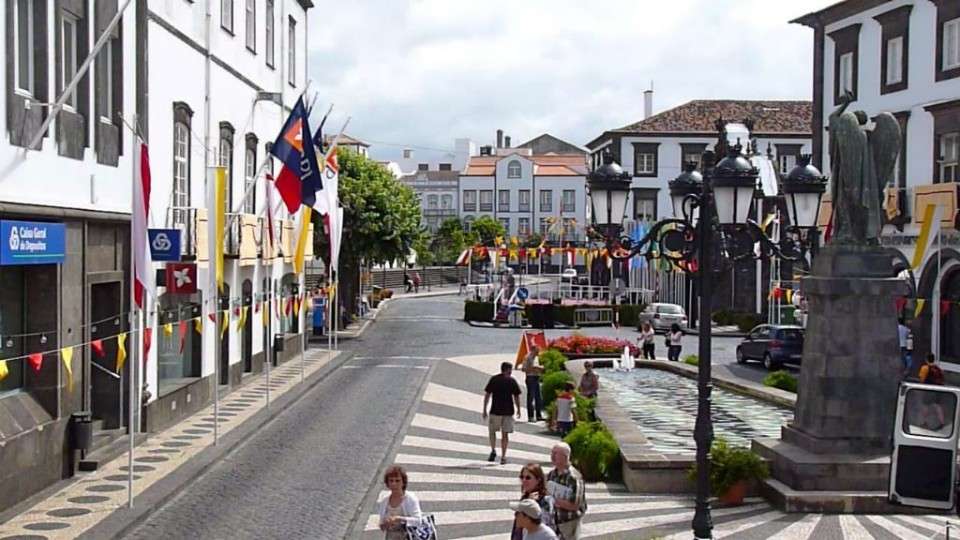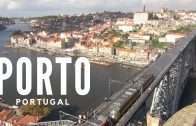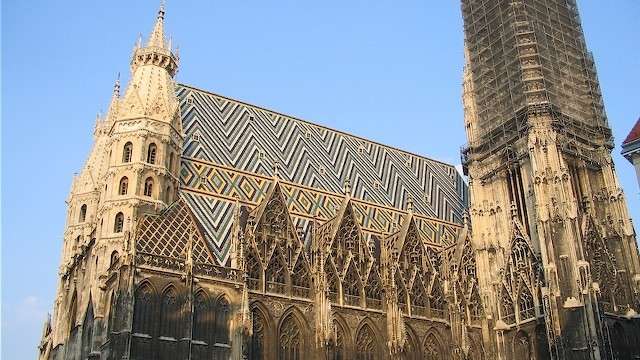São Miguel Island • Azores
Nicknamed “The Green Island”, São Miguel Island is the largest and most populous of the Azores Islands archipelago belonging to Portugal.
Settled in 1439, São Miguel is 64 km from east to west, and between 8 and 14 km wide. Nicknamed the “Green Island” (Ilha Verde), it is largely covered with fields and meadows in the lowlands. The ancient forest has mostly been replaced by cultivated fields and imported trees and plants. There are hot springs (caldeiras) located in the centre of the island, in the area stretching from Povoação to Nordeste.
São Miguel in 1427 became the second of the Azores islands to have a Portuguese settlement. Believed to be discovered between 1426 and 1439, Henry the Navigator authorized the settlement of the Azores by people from Estremadura, Alto Alentejo, Algarve and Madeira through a Carta Regia (a letter from the king describing how things should be). People from other countries also arrived, notably French people and cultural minorities such as Jews and Moors. Since the first settlement, pioneers applied themselves to the area of agriculture.
In 1522 Vila Franca do Campo, then the capital of the island was devastated by a landslide caused by an earthquake which killed about 5,000 people, and the capital was moved to Ponta Delgada. After this tragedy, the development of the population of Ponta Delgada grew, becoming the new capital in 1546.
With the Portuguese Restoration War of 1640, the island regained its position as a commercial centre, getting new contacts with Brazil, which was heavily colonized during this period. Some of the island’s historic buildings, including mansions and churches, date from the 18th century, architectural expansion was due to large profits earned from the production of oranges for exportation, whose main market was Great Britain.
New crops such as tea, pineapple, and tobacco were introduced. The location, climate and fertile soil led to rapid economic development. The island also became the site of military garrisons and was a commercial centre for trade with Africa. It was also a centre for the production of sugar and orchil, a dye exported to Flanders. The development of the fishing industry and the improvement of agricultural products helped to boost the economy. Currently, the island is one of the political-administrative centres and it is in São Miguel Island where the headquarters of the government of the Azores is.
This is the largest of the islands and points of interest include Lagoa das Sete Cidades where legend claims of the lost city of Atlantis are lost beneath the sea and in the lakes, one blue and the other green. Lagoa das Furnas, an active caldera with steam vents, mud pots and geysers, locals cook food in earth ovens available in picnic areas. Lagoa da Fogo (Fire Lake) is a beautiful caldera lake high up in the mountain and know for its dramatic views and white sand beach.
Lagoa das Sete Cidades (Lagoon of the Seven Cities); it is located inside a crater of an ancient volcano, in the south of the island of St. Michael, Azores. The lake on the foreground is called the “Green Lagoon” and the one in the background, behind the bridge, is called “Blue Lagoon”. There is a legend or story that tells why both craters have different colours:
“Once upon a time there was two kingdoms on the island that were unfriendly to each other. One kingdom had a prince with green eyes who was very handsome, who fell in love with the princess of the rival kingdom, a beautiful young maiden that had the most beautiful blue eyes. Their parents opposed the relationship, so they ran away to the top on the mountain, separated from each other. The prince cried so much that his tears generated the green lagoon, and the tears from the blue eyes of the princess formed the blue lagoon.”
The highest elevation on São Miguel is the Pico da Vara at 1,103 m. Lying at the eastern end of the island, it is the focus of a Special Protection Area containing the largest remnant of laurisilva forest on the island, which is home to the endemic and critically endangered bird, the Azores Bullfinch.
São Miguel Island doesn’t have a lot of beaches, much of the shore is rough cliffs. Around the eastern edge, it is especially steep.











